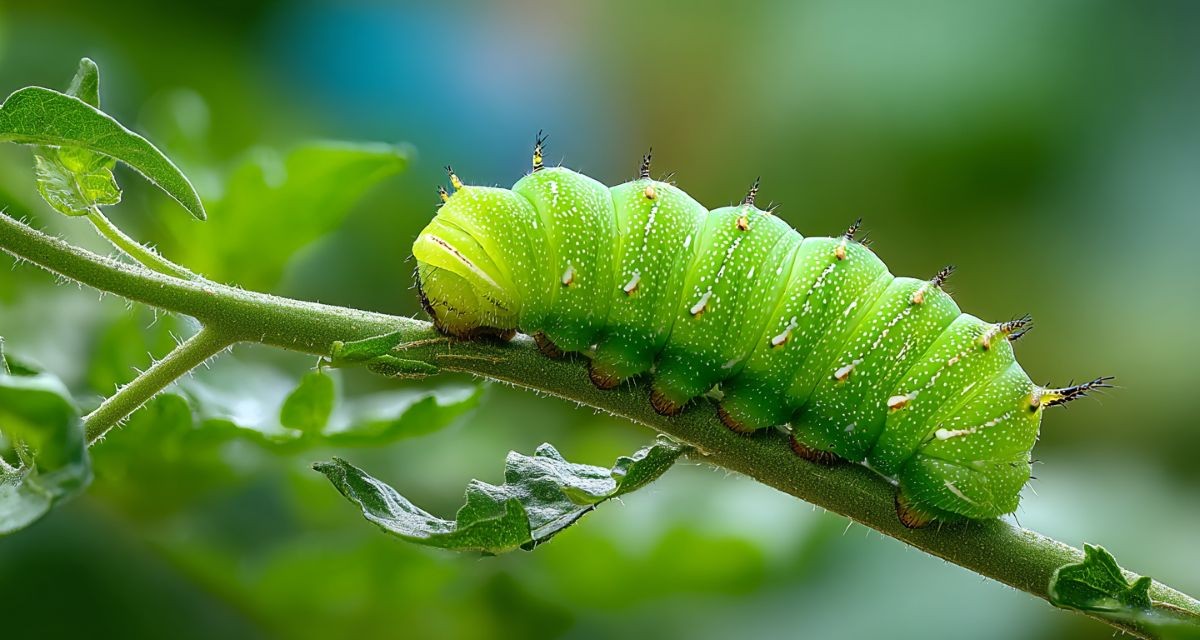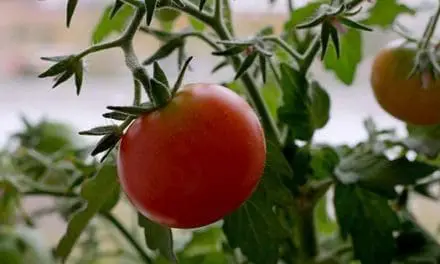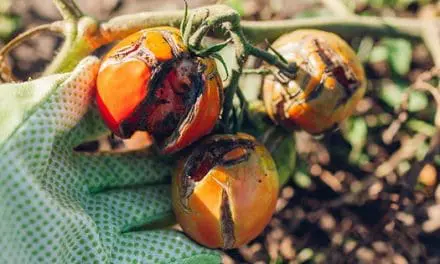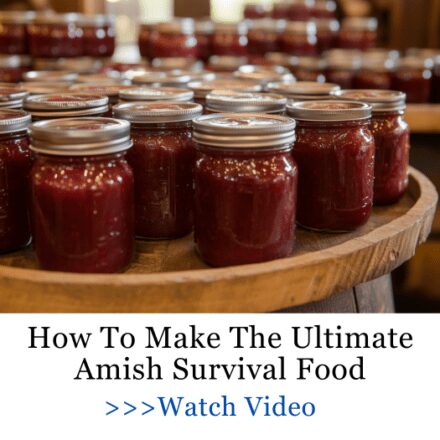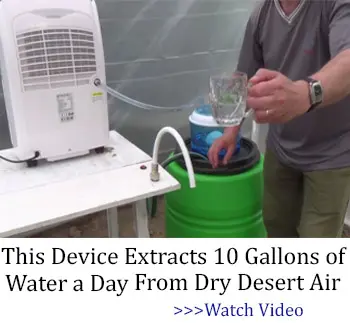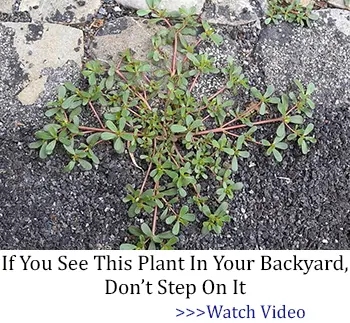Tomato worms can surprise even the most attentive gardener. One day your plants look strong and full of life, and the next morning you find large bite marks, stripped stems, and droppings beneath the leaves. These pests blend so well into the plant that many gardeners do not notice them until the damage becomes unmistakable.
They are a reminder that even the healthiest gardens face challenges. In truth, tomato worms appear most often in gardens rich with life, especially ones that attract moths and beneficial insects alike. Instead of seeing them as an omen of failure, it is better to view their presence as an invitation to observe your plants more closely and understand the rhythms of your garden.
What Exactly Are Tomato Worms?
Tomato worms are usually tomato hornworms or tobacco hornworms, two closely related caterpillars that feed on tomato, pepper, and potato plants. These larvae eventually transform into large hummingbird sized moths known as hawk moths or sphinx moths.
Though their appearance may seem destructive, they serve a role in the ecosystem as food for birds, predatory insects, and even bats once they reach moth stage. This is why eliminating them entirely is neither practical nor beneficial. Instead, knowing their life cycle helps you intervene naturally at the right time and protect your plants without harming wildlife.
How to Identify Damage
Hornworms feed aggressively. If your plant suddenly looks thinned out or portions of leaves are missing, look more closely.
You may also notice that the top branches, where new growth appears, seem the most affected. This is because hornworms prefer tender foliage over mature leaves. As they grow larger, they begin chewing deeper into the plant, sometimes even boring into developing fruit. Early recognition of these patterns allows you to stop the damage before it spreads across the entire plant.
Hand Picking: The Most Reliable Method
Despite how intimidating they look, tomato worms are harmless to humans and can be removed by hand. This remains one of the most effective and environmentally gentle methods. Wearing gloves, pluck the caterpillar from the stem and place it in a bucket of soapy water.
Hand picking works best when done consistently. A quick inspection every morning or evening can prevent a full infestation. Once you get used to spotting their subtle movement or finding their droppings, locating them becomes much easier. Many gardeners eventually develop an eye for their patterns, turning this task into a simple part of routine care.
Encourage Natural Predators
Nature offers several allies that help control tomato worms without chemicals.
• Parasitic wasps
• Ladybugs and lacewings
• Birds and predatory insects
Related: How to Attract Ladybugs To Your Garden – Nature’s Crop Guardians
Creating a garden that attracts these helpers takes time, but the payoff is long term balance. Leaving small patches of herbs such as dill or parsley to flower provides nectar for parasitic wasps. Stacking small water dishes or adding bird friendly shrubs encourages feathered visitors. These small adjustments help build an environment where tomato worms are kept in check before they ever overwhelm your plants.
Neem and Mild Sprays
If the infestation is heavy, you may use a mild neem spray. It is not as harsh as many commercial pesticides and helps disrupt the feeding cycle. Apply only in the evening so you do not harm bees or other pollinators.
It is important to remember that even natural sprays should be used thoughtfully. Applying too frequently can disturb beneficial insects and unintentionally weaken the natural defenses of your garden. Begin with the mildest possible approach and increase only if the plant cannot recover on its own. Healthy ecosystems respond best to gentle guidance, not force.
Strengthen the Plant
Healthy tomato plants are more resilient. Feeding the soil with compost, watering deeply, and pruning for airflow all make the plant less vulnerable to severe damage. When the plant is strong, it can recover more easily even after a worm or two slips through your defenses.
Consider mulching around the base of your tomato plants. Mulch helps regulate soil temperature, keeps moisture levels steady, and reduces the stress that makes tomatoes more sensitive to pests. Strong, hydrated plants with good airflow naturally discourage hornworms, since they prefer weakened, moist, crowded environments where they can hide comfortably.
Final Thoughts
Tomato worms are a common challenge, but they do not have to ruin your harvest. With regular inspection, natural predators, and thoughtful garden practices, you can manage them effectively while keeping your garden ecosystem healthy and balanced.
Every gardener eventually encounters tomato worms. How you respond can shape the long term resilience of your garden. Patience, observation, and gentle intervention create a growing space that stays productive year after year without relying on harsh chemicals.
The Self Sufficient Backyard
If you are working toward a garden that supports your household with real, reliable food, The Self Sufficient Backyard is an invaluable guide. It teaches practical, time tested methods for managing pests, improving soil, and growing nutrient dense crops with fewer store bought inputs. The book brings together decades of homesteading experience to help you create a productive, resilient garden in any space.
From pest control to water management, companion planting, and year round harvesting, The Self Sufficient Backyard shows how to build a thriving garden that truly supports a more independent lifestyle.
You may also like:
How to Make Sun Dried Tomatoes
50+ Items You Should Stockpile Before The Next Great Depression (Video)

